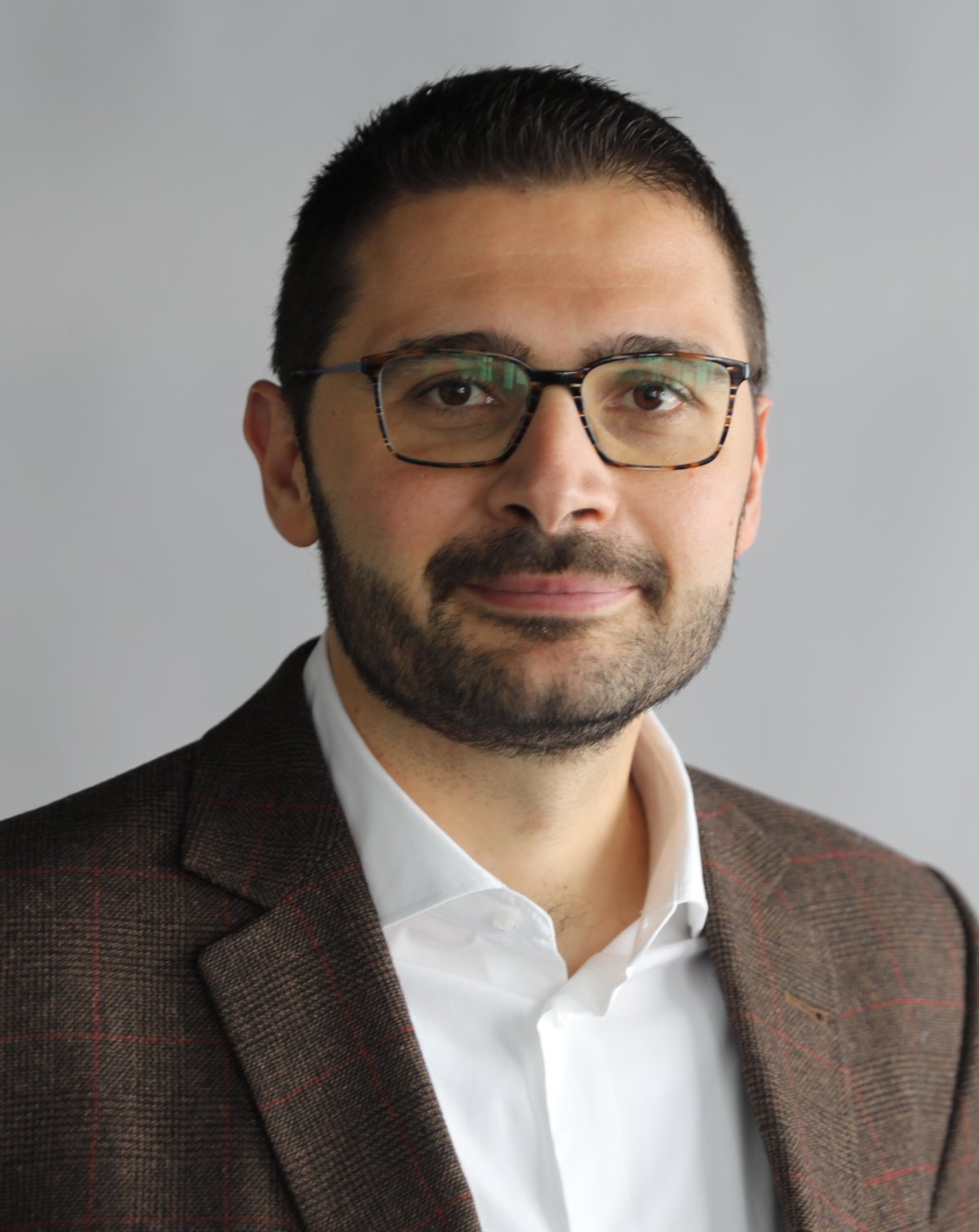Advancing the Seismic Design of Steel Moment Resisting Frames
A Warren Distinguished Lecture
and Robert Dexter Lecture with
Dimitrios G. Lignos
École Polytechnique Féderale de Lausanne (EPFL), Switzerland
Abstract
Steel moment-resisting frames (MRFs) are widely used in seismic regions worldwide. Improved seismic design rules for steel MRFs, which were put in place after the 1994 Northridge earthquake, intend to localize inelastic deformations near the steel beam ends and fixed-end columns to sustain inelastic rotation demands during earthquake excitations. While the above rules ensure life safety, dissipative zones in steel MRFs are prone to inelastic local buckling often at modest lateral drift demands, thereby engendering structural repair costs and residual deformations in the aftermath of earthquakes. In this presentation, Lignos demonstrates a new design philosophy that defies the current paradigm in capacity-designed steel MRFs. Alternative dissipative mechanisms are explored to minimize earthquake-induced damage in connections and other members. A principal goal is to retain simplicity in the seismic design of steel MRFs. Lignos provides an overview of research over the past decade within his research group that leverages recent advancements in structural steel materials and weld details, advanced nonlinear continuum finite element modelling, as well as full-scale experiments across scales along with system-level computational studies to substantiate the findings within the framework of performance-based earthquake engineering.
Speaker
Dimitrios Lignos is a Full Professor and the Chair of the Civil Engineering Institute at École Polytechnique Fédérale de Lausanne (EPFL). A key aspect of his research lies in the development of advanced models and approaches that leverage multi-scale experimentation to advance our understanding of the ultimate limit states that trigger structural collapse in steel structures. Lignos joined EPFL in 2016 from McGill University, Canada, where he was a tenured Associated Professor in the Department of Civil Engineering and Applied Mechanics. Prior to that he was a post-doctoral researcher at Kyoto University (2010) and Stanford University (2009). He holds degrees in Structural Engineering (Stanford University, M.S. 2004, Ph.D. 2008) and Civil Engineering (NTU, Athens, 5-year Diploma 2003). The work of his group has been acknowledged through several prestigious international awards including the 2022 Raymond Reese Research Prize, the 2019 Walter L. Huber Civil Engineering Research Prize and the 2013 State-of-the-art of Civil Engineering Award, among others, from the American Society of Civil Engineers. As a member of the Project Team 2, he was responsible for the revision of the steel and composite-steel concrete structures in the second generation of Eurocode 8. As an associate member of ASCE-41 he developed new seismic assessment models for steel columns and beam-to-column connections that were adopted in the newly released ASCE-41-23. He is regularly involved in research-to-practice projects related to the nonlinear modelling and analysis of structures through the Applied Technology Council and the National Institute of Standards and Technology.
